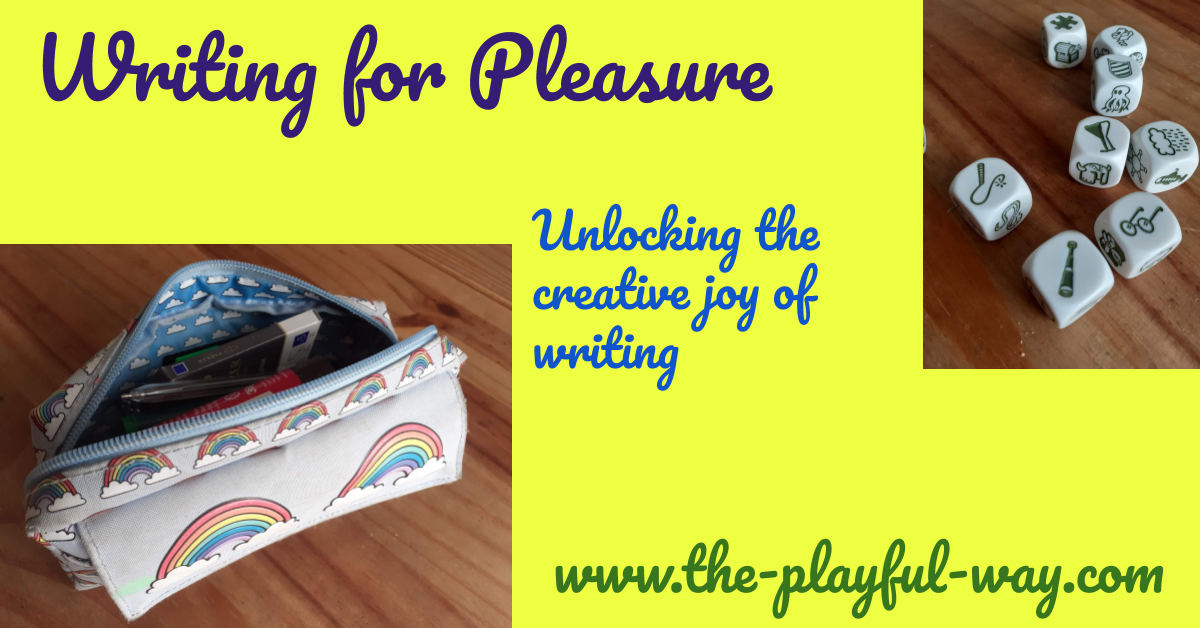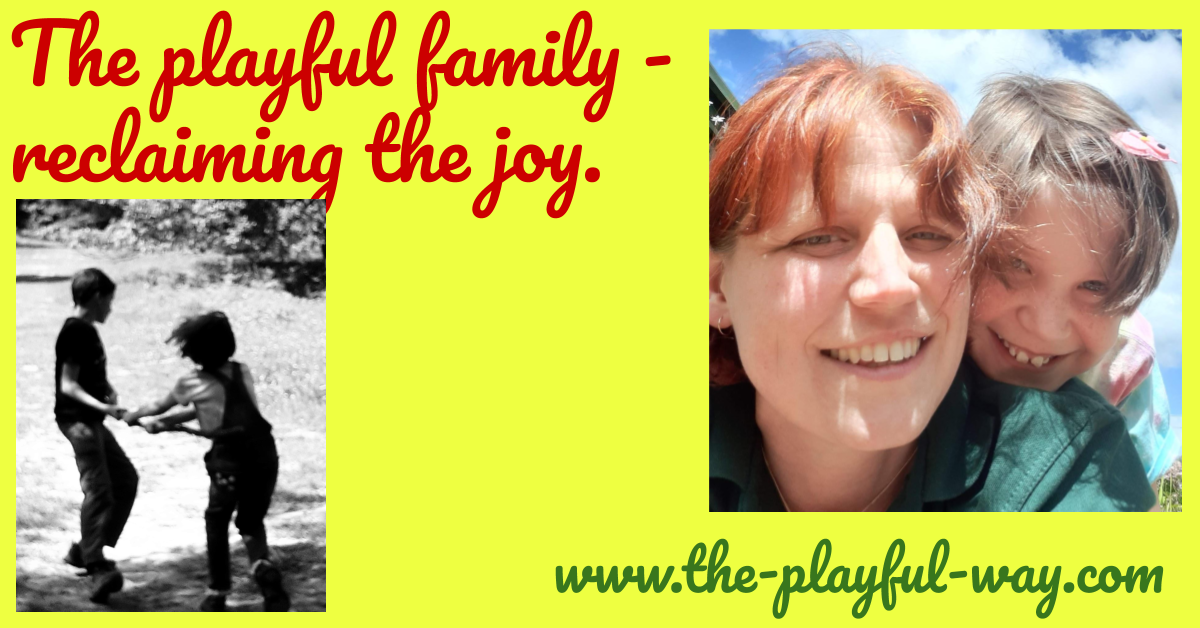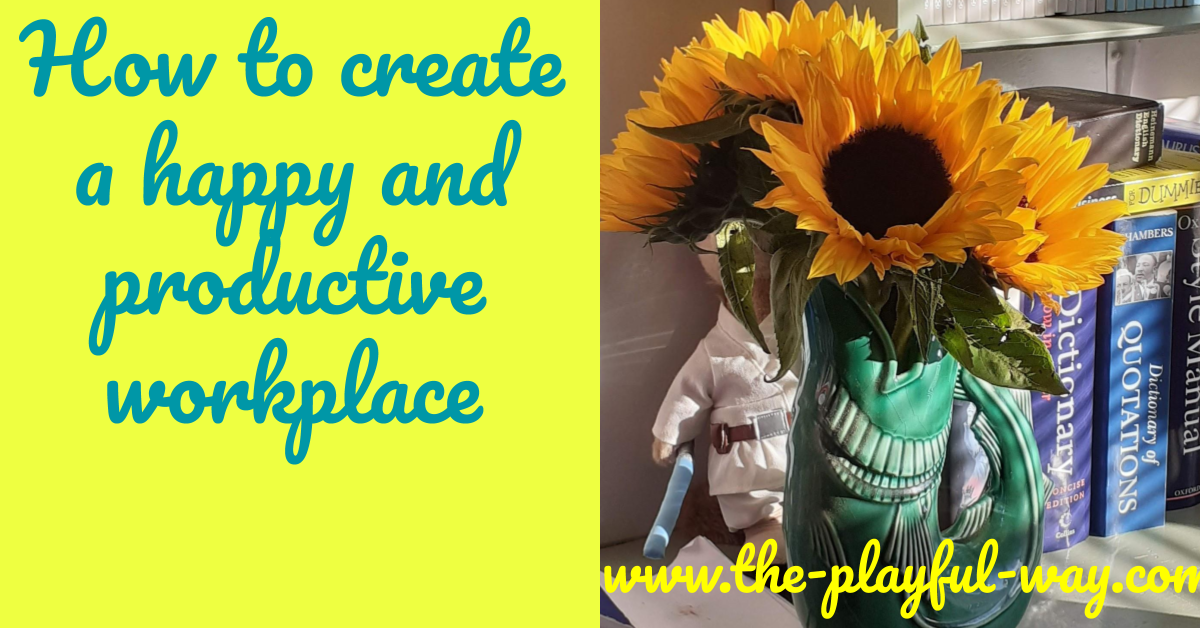

“She’s loving all the work you’ve been setting recently. Except the writing.” This was something I heard several times when speaking to parents during the lock-down. It worried me. I’d worked hard to plan work that was engaging and creative. But these children had learnt to dislike writing before they got to age 6, and it wasn’t going to be easy to convince them otherwise.
Writing falls into two broad camps. Writing to communicate, and writing for pleasure.
Writing as a form of communication
is things like:
- Reports for the boss
- Information texts
- Instructional texts like recipes
- Letters, emails, texts and tweets
- Newspaper and magazine articles and blog posts.
It’s important when you are writing for communication that you follow the rules of grammar and spelling and the expected form of the genre. This ensures that the person / people reading your writing gets the meaning from it that you intended.
Writing for pleasure
is just for you. It’s writing because you want to, as a form of expression. This might be:
- Journalling,
- Poetry
- stories
When we are writing for pleasure, it isn’t so important whether anybody else can read it because it isn’t for anybody else. Just for you.
Clearly, there’s an overlap. We can take great pleasure in writing for communication and I certainly enjoy writing my blog and writing a good letter. In addition, stories and poetry intended for publication must be clear and adhere to those same rules as writing for communication.

The sad thing is that children in school are missing out on writing for pleasure. Before they even reach age 5 they are supposed to have moved on from the delightful emergent writing “mark-making” stage to writing “simple sentences that can be read by themselves and others” (EYFS Framework, England). From this point on they are taught phonics and an ever increasing repertoire of grammatical terminology. By the end of Key Stage 1 (age 6-7) children’s writing is being assessed on their ability to spell, to form neat handwriting, to write narrative, to use punctuation and tense and subordinate clauses.
The focus on the technical aspects of spelling, handwriting and punctuation is great from a writing for communication perspective (though when, as an adult, you would ever need to know whether you have used the present progressive or present perfect tense is beyond me) but for many children it has led to writing being a chore. I’ve seen teachers recommending almost a formulaic approach – “Open your first sentence with a simile. Make sure your next sentence has a subordinate clause.” Even I have ended up saying, “Check, have you included a question mark yet? If not, try to get a question in the next couple of sentences,” as I’ve tried to tick the Assessment tick-boxes that say that the child needs to use a range of sentence types. Children are taught the structure and form of different genres, without the real sense of purpose that goes with them. Teachers do their best to make their lessons fun and purposeful. I’ve seen a Reception classroom with a “crashed spaceship” in the corner where the children are busy writing letters to the missing alien. The headteacher claimed that the local council were planning to extend the leisure centre next door and we would lose half the playground so the whole school could write persuasive letters to argue why this shouldn’t happen. However, with such a focus on getting the technical aspects right, it is very hard to help children discover the pleasure of writing spontaneously and creatively.
Because that’s the difference. Writing for pleasure needs to be an intrinsic form of self expression – it can’t be an externally dictated exercise.
A simple answer
I covered an absence in one school where each child had a “journal”. The end of the afternoon on Friday was journal time. They had been bought beautiful notebooks. During that time on the Friday afternoon they were asked to fill a page or two of their journals. These were private and were not collected in, though if they wanted some feedback they could leave it on the teacher’s desk. They could write or draw or both. They could use fancy pens and colours. They were not told what to write, though there was a list of prompts to help them if they were stuck for an idea. These children all loved their “journal time”. I saw beautifully illustrated poetry, short stories, diary entries and comic strips, a recipe for a good friend. What I loved was that these children were putting into practice the technical and structural features they had been learning in their Literacy lessons, but they were doing it in a way that was completely theirs. They were learning that writing can be pleasurable and creative.
To read more:
- There’s an interesting article on this written by Teresa Cremin, Professor of Literacy in Education at the Open University: https://www.open.edu/openlearn/education-development/language-literacy-and-literature-hub/writing-pleasure
- Michael Rosen has blogged on writing for pleasure: http://michaelrosenblog.blogspot.com/2018/02/writing-for-pleasure-1.html
- https://writing4pleasure.com/ is a website dedicated to helping young people become passionate and successful writers by improving the quality of literacy education.
Writing for Pleasure course for 8-11 year olds
I offer a 5 day “Writing for Pleasure” course for 8-11 year olds to rediscover the pleasure of writing as a creative art. I guide the children through different genres, exploring and playing with form. The course is made of 5 x 30 minute exploratory sharing sessions:
- Short stories
- Poetry
- Journaling
- The writing community – sharing your writing
- Improving our writing
There are no “homework tasks” from these sessions and children are encouraged but not compelled to share their writing. The atmosphere is fun and supportive. Click here to find the dates and sign up for the next course.







